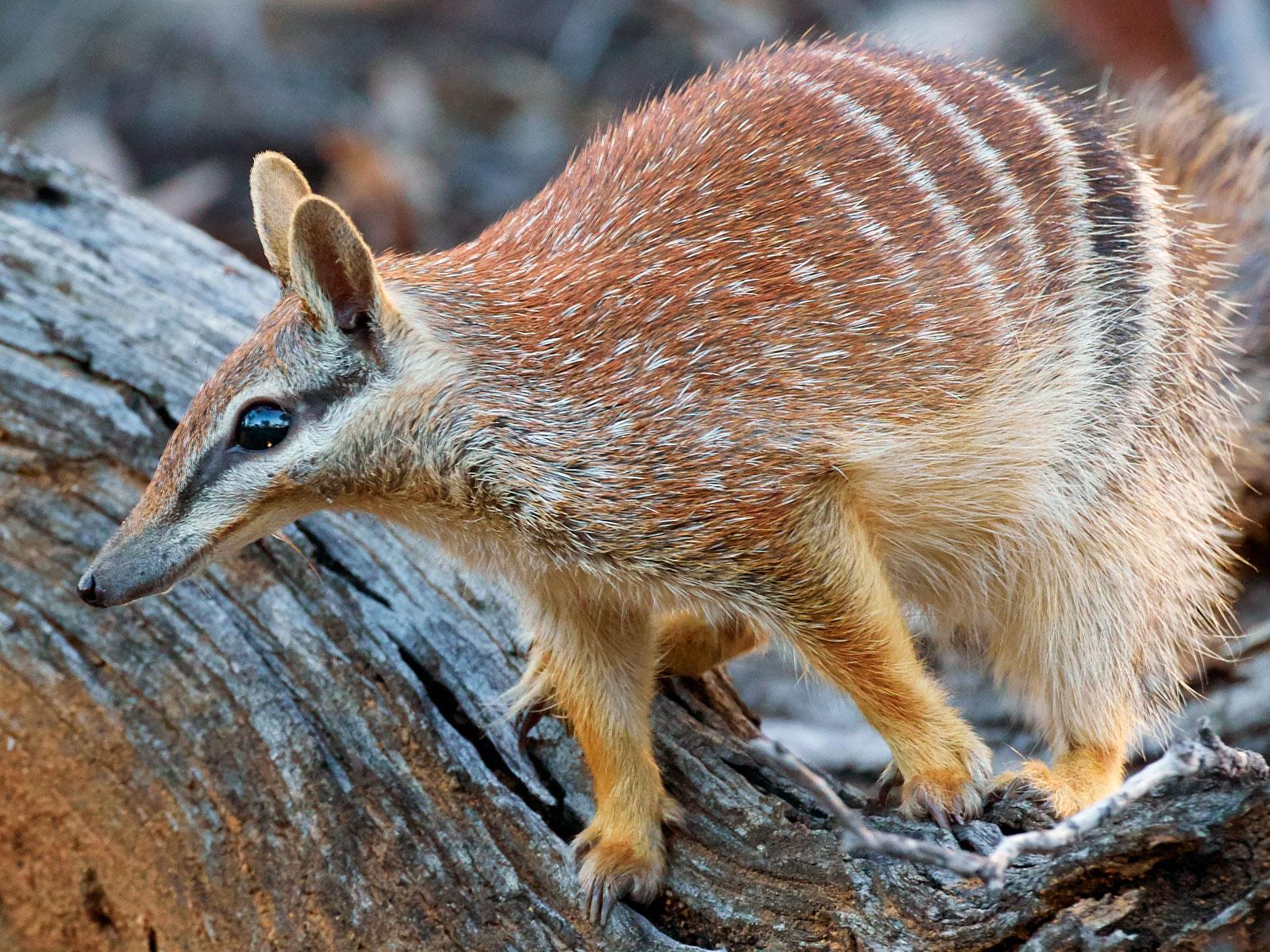Global change ecology and conservation
Honours and masters projects are available across several areas of climate change ecology, global change impacts on biodiversity, planetary health, macroecology and conservation biogeography.
Climate change ecology

- Ecological requirements of marine megafauna: Identify how ocean warming and sea ice melt drives shifts in the ecological niches and ranges of artic marine mammals.
- Coral bleaching on the GBR: Improve future projections of frequency and severity of bleaching events.
- Fish diet and climate change: Establish whether diet predisposes species to increased threats from climate change.
- Climatic change: Pinpoint historical periods of abrupt climate change that compare to near-term forecasts in Australia and beyond.
Photo by FloridaStock / shutterstock
Macroecology and conservation biogeography

- Native distributions of threatened mammals: Establish the natural distributions of Australian mammals in 1788 to inform future conservation management.
- Ecological pathways to extinction: determine the role of ecological traits and lifestyles on mammal extinctions
- Managing arctic megafuana: Evaluate management options for Artic mammals (muskox and reindeer) threatened by climate change.
- Conserving megapodes: Establish responses of Australia’s megapodes to human-driven changes since European settlement.
- Vulnerability to extinction: Test the efficacy of conservation threat metrics (such as the IUCN red list) to detect past extinctions.
- Land-use change: Reconstruct the footprint of Europeans on the landscape of Australia over the last 200 years.
Photo by Martin Willis

Planetary health
- Safeguarding nutrition from fisheries: Is the nutritional value of fish harvested from tropical reefs impacted by climate change?
- From land to sea: How does water quality management impact biodiversity and ecosystem health along our coastlines?
- Ecotourism: Ecological outcomes and benefits for human health and wellbeing?
Photo by Toby Hudson [CC BY-SA 3.0]
Study global change ecology and conservation
Global extinction rates have soared over the past century, due predominantly to the resource demands of a burgeoning human population.
Shifting land-use and wildlife exploitation, and elevated rates of competition and predation by invasive organisms, have reduced the range and abundance of many species.
This is directly causing severe biodiversity loss at local scales, and indirectly limiting the scope for sufficient ecological and evolutionary adaptation to future environmental change.
Understanding how biodiversity will respond to future human impacts requires innovative new approaches which explicitly couple ecological and climatic-geophysical processes.
Research in my group (Global CH.E.C.) is focused on:
- Delivering the predictive tools required to anticipate ecological responses to climate change in the context of other human-driven threatening processes.
- Identifying the mechanisms that drive range contractions. This is important for the conservation and management of biodiversity, because the contraction of a species’ distribution generally precedes its extinction.
- Determining why some species are present in some locations, but not others? This is a simple, fundamental ecological question, yet surprisingly, our answers on this point remain far from complete.
- Characterising current-day and potential future impacts of disruptions of Earth's natural systems on human well-being.
Our research utilises the latest developments in macroecology, climate change science and conservation biology.

Supervisors
Co-supervisors: Dr Stuart Brown | Dr Camille Mellin | Dr Sean Tomlinson
Research area: Global change ecology; climate change, macroecology, planetary health, conservation biogeography
Recommended honours enrolment: Honours in Ecology and Environmental Science
